Sure, the northward migration to the breeding grounds ended a month ago. But what do arctic-nesting shorebirds do when their nest attempt fails for whatever reason? You guessed it; they jump start their leisurely southward migration.
The appearance of a few shorebirds seems early this year, as the first sightings were on June 30. Two young birders, Francis Morello and Max Chalfin-Jacobs, found both spotted sandpiper and lesser yellowlegs at Lambert’s Cove beach. And on July 1 they found a semipalmated sandpiper on the tidal flats at Norton Point beach.
On July 1 I also spotted a spotted sandpiper acting rather oddly at Daggetts Pond. It flew over my head and perched on the top branch of a dead shrub calling repeatedly — almost as if it were still on its breeding grounds warning its youngsters to hide from the dangers nearby. Truth be told, it is not completely an Arctic nesting shorebird, as it is a widespread breeder from the Arctic down to the northern half of the United States. For some reason they have not nested on the Vineyard in many years, choosing instead to show up sometime every July.
On July 2 there was another Arctic-nesting shorebird — a black-bellied plover in non-breeding plumage — feeding on the exposed tidal flats at Little Beach.
The arrival of these shorebirds kicks off the southward migration — before the Fourth of July!
Bird Sightings
More leucistic birds have shown up recently. Walt Looney spotted an usually white downy woodpecker and Dan Bradley observed a grackle with white on the back of its neck and in its tail. Both birds were observed in their yards, which is a good reminder to keep an eye on the birds near your house. And an obliging leucistic house sparrow is regularly present at 7a Foods in West Tisbury, as reported by Scotty Goldin, Laura Hearn and Greg Palermo.
Dan Moriarty was birding near the Field Gallery in West Tisbury on June 30; in addition to the usual nuthatches, titmice, and chickadees, he spotted a scarlet tanager and an indigo bunting.
Steve Allen reports that on July 2 at Felix Neck he found black skimmers, belted kingfishers, red-tailed hawk, and an osprey eating his breakfast.
On July 1 Doreen McCabe went to Quansoo and found great crested flycatchers, both yellow and prairie warblers and red-eyed vireos.
My guided birding tour visited Fulling Mill Brook on June 30, where we found lots of ovenbirds, yellow warblers, yellowthroats, red-eyed vireos, great crested flycatchers, eastern towhees, two wood thrushes, and a Baltimore oriole. There were no scarlet tanagers or parula warblers even though this is one of the traditional places to find them.
On June 28 Jeff Bernier was kayaking at Little Beach and photographed a least tern chick that crawled into a little crevice under a rock to hide as a gull flew by overhead. Beach vegetation is the more normal place to hide. On June 30 he kayaked around Sarson’s Island and was impressed by the number and size of the young cormorants and great black-backed gulls.
On June 27, Peter Conway found a juvenile gannet resting on the beach near the Gay Head cliffs. This individual was mostly brown on its head and back, so it will be another three to four years before it gets its distinctive black and white adult plumage. They will occasionally come to land to rest so the best bet is to leave the bird alone.
Susan Straight has been hearing a pair of screech owls calling back and forth. These small owls can be quite vocal in the summertime.
A few seaducks are still hanging around. Sarah Carr photographed a near breeding plumage male long-tailed duck at Lambert’s Cove beach, complete with its dark front and head with a white face patch. A very different plumage from what they wear when they are here in the winter. And I spotted two immature male common eiders off Squibnocket Beach on June 27.
A barn owl is not a species we expect to perch right outside our window. But that is what happened to Sarah Young during a June 23 thunderstorm. It might have come inside had the window been opened a bit more.
It is prime season for baby birds. Even if you do not see the babies, they are nearby when you see an adult bird carrying food. Doreen McCabe found a male yellowthroat carrying food at South Beach recently, and Sarah Carr watched five Baltimore orioles — two adults and three fledglings — partaking of the oranges and jelly she puts out. A young bank swallow was perched in the entrance to its nesting cavity in the coastal cliffs at Cedar Tree Neck on July 2.
The breeding season is still in full swing even though southbound migrant have started to show up. Please report all your sightings to birds@mvgazette.com.
Robert Culbert leads Saturday morning guided birding tours and is an ecological consultant living in Vineyard Haven.


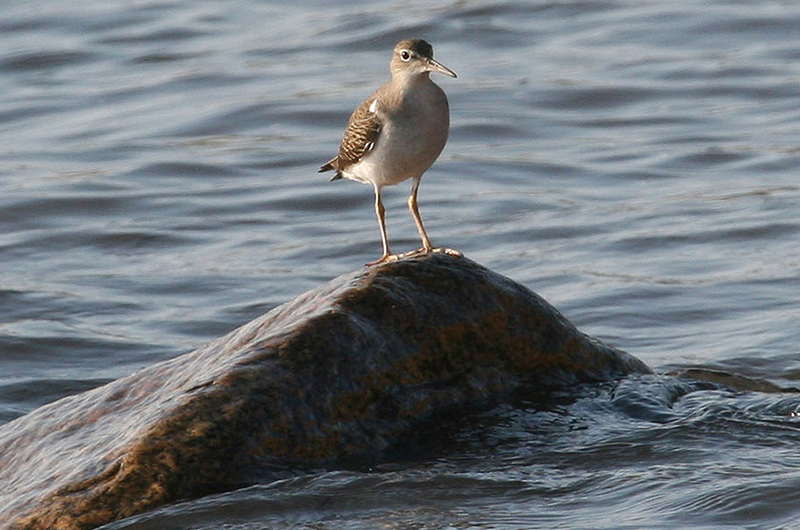
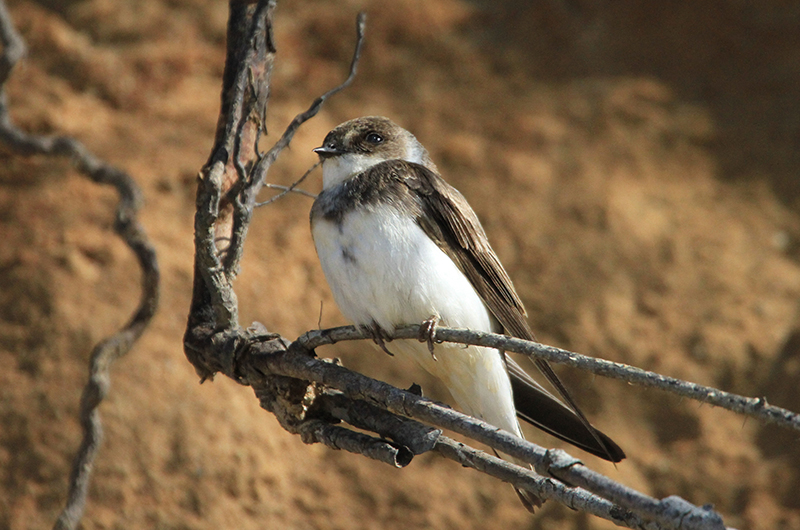
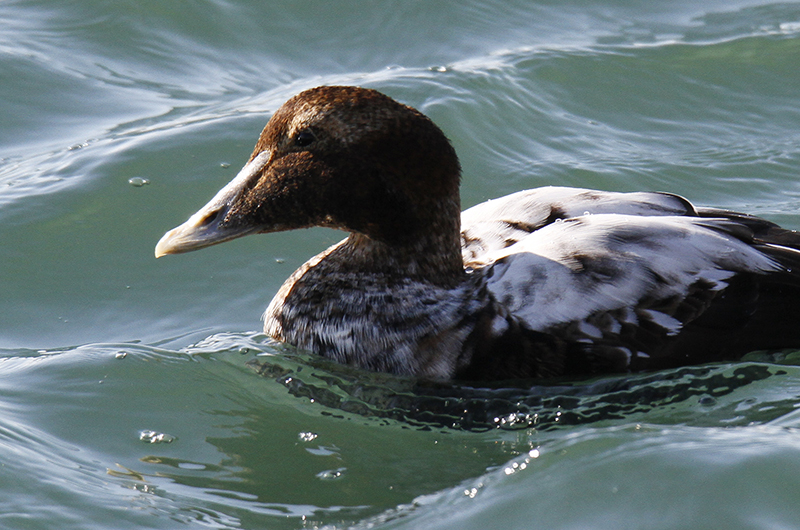
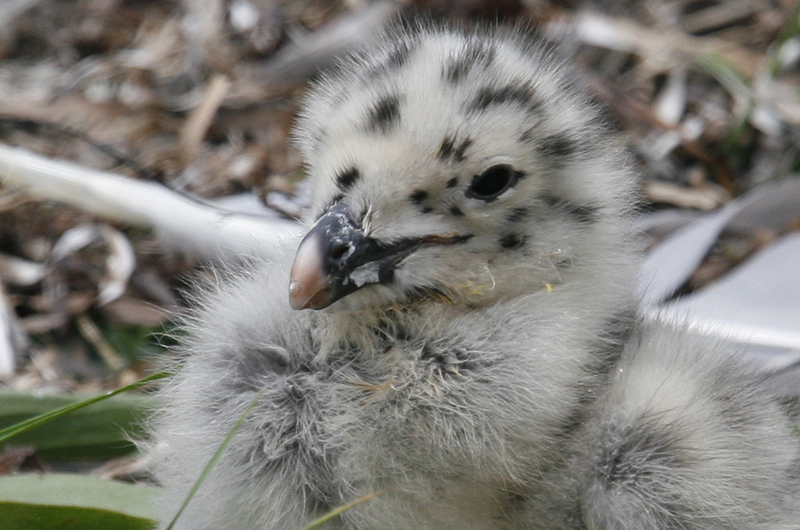
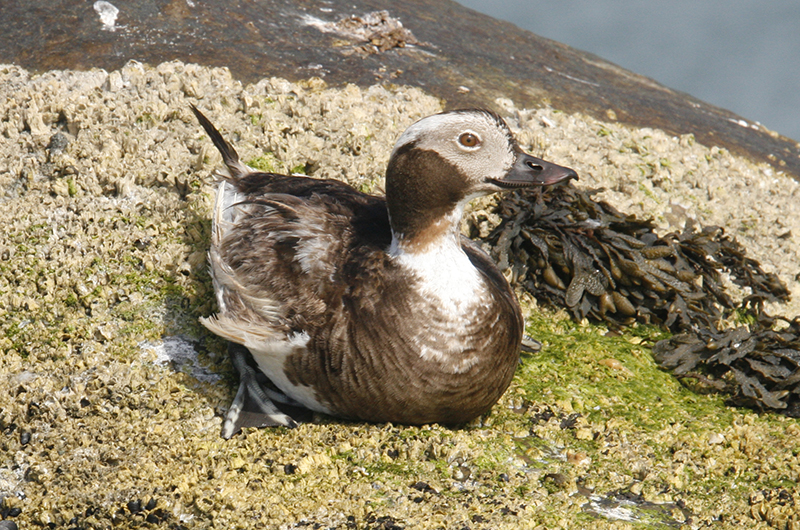
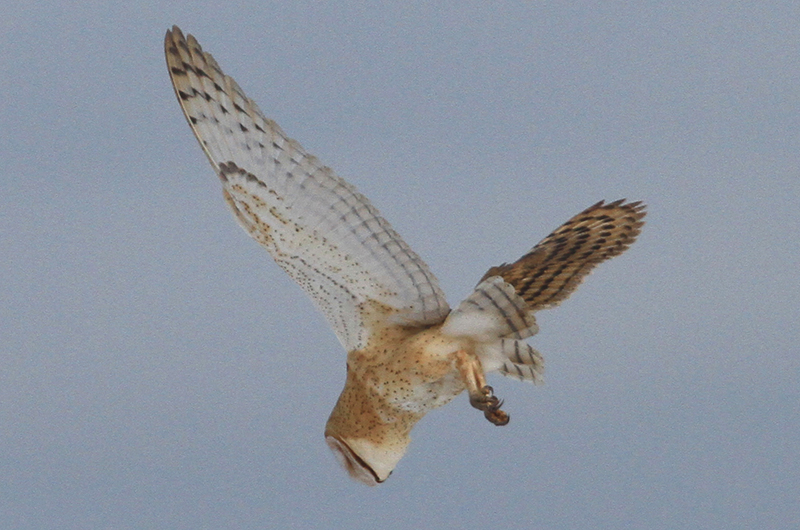





Comments
Comment policy »